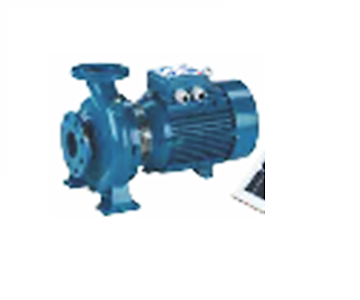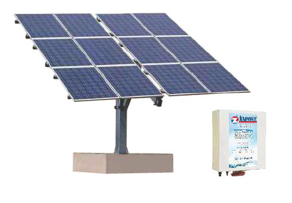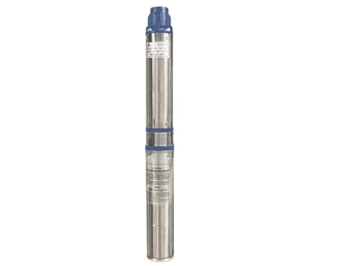Pumps
Pumps are mechanical devices used to transport fluids, such as water, from one location to another. They play a vital role in various industries, agricultural activities, domestic water supply, and environmental management. Traditional pumps are typically powered by electricity, diesel engines, or manual operation. However, with advancements in renewable energy technology, solar pumps have emerged as a sustainable and cost-effective alternative for water pumping applications. Let’s explore the functions, types, and benefits of both pumps and solar pumps.
Traditional Pumps:
Traditional pumps are powered by electricity, diesel engines, or manual operation and are widely used in diverse applications. They come in various types, including centrifugal pumps, submersible pumps, diaphragm pumps, and piston pumps, each suited for specific tasks and operating conditions.
- Centrifugal Pumps: These pumps use centrifugal force to move fluid through a rotating impeller. They are commonly used for irrigation, water supply, wastewater treatment, and industrial processes.
- Submersible Pumps: Submersible pumps are designed to be submerged in the fluid they are pumping, such as groundwater or wastewater. They are often used in deep wells, boreholes, and sewage systems.
- Diaphragm Pumps: Diaphragm pumps utilize a flexible diaphragm to create a vacuum and draw fluid into a chamber, which is then expelled through a discharge valve. They are suitable for transferring liquids with high viscosity or solids content.
- Piston Pumps: Piston pumps use reciprocating pistons to create suction and discharge fluid. They are commonly used in high-pressure applications, such as firefighting, pressure washing, and hydraulic systems.
Traditional pumps offer reliable performance and versatility but are often limited by their reliance on fossil fuels or grid electricity, which can be costly and environmentally harmful.
Solar Pumps:
Solar pumps are powered by solar energy, making them a sustainable and eco-friendly option for water pumping applications. They consist of photovoltaic (PV) panels that convert sunlight into electricity, which is then used to power an electric pump. Solar pumps come in various configurations, including surface pumps for shallow water sources and submersible pumps for deep wells or boreholes.
- Surface Solar Pumps: Surface solar pumps are installed above ground and are suitable for pumping water from shallow sources such as rivers, ponds, or reservoirs. They are commonly used for irrigation, livestock watering, and domestic water supply in rural areas.
- Submersible Solar Pumps: Submersible solar pumps are designed to be submerged in the water source and are used for pumping water from deep wells, boreholes, or underground reservoirs. They are ideal for off-grid locations and remote communities where access to electricity is limited.
Solar pumps offer several advantages over traditional pumps:
- Energy Independence: Solar pumps rely on renewable solar energy, reducing dependence on fossil fuels and grid electricity.
- Cost Savings: Solar pumps eliminate fuel and electricity costs, offering long-term cost savings and rapid return on investment.
- Environmental Sustainability: Solar pumps reduce greenhouse gas emissions and environmental impact, contributing to sustainability and climate resilience.
- Reliability: Solar pumps have fewer moving parts and require minimal maintenance, resulting in reliable operation even in remote or harsh environments.










